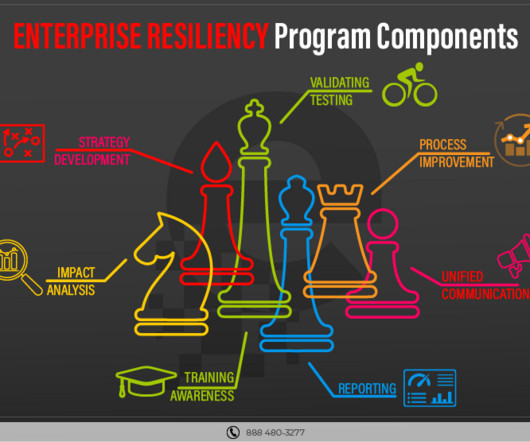Enterprise Resiliency: Navigating Through Disruptions
eBRP
FEBRUARY 15, 2024
Business Impact Analysis (BIA) BIA is a strategic tool that helps organizations understand the potential impact of disruptions on their operations. The choice of recovery strategies, like split production or high-availability configurations, is vital to minimize downtime and maintain business continuity.











Let's personalize your content